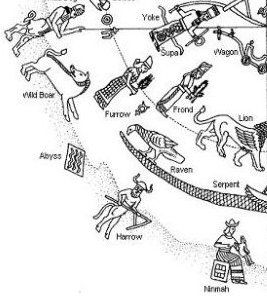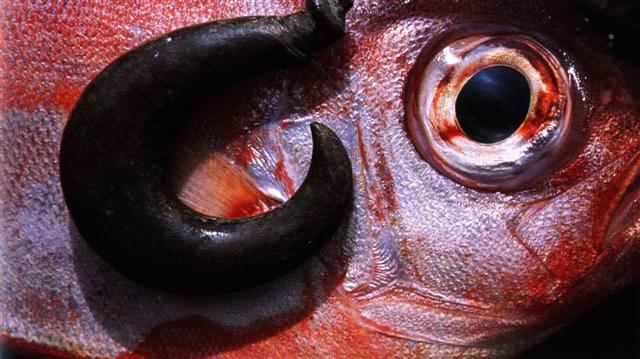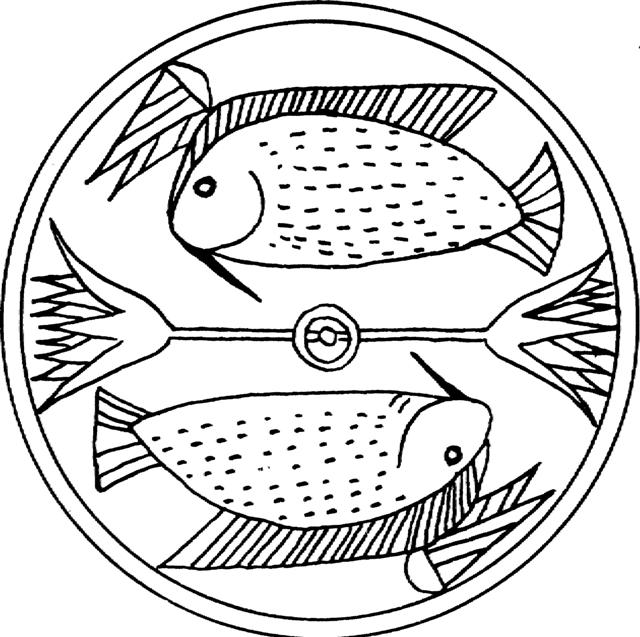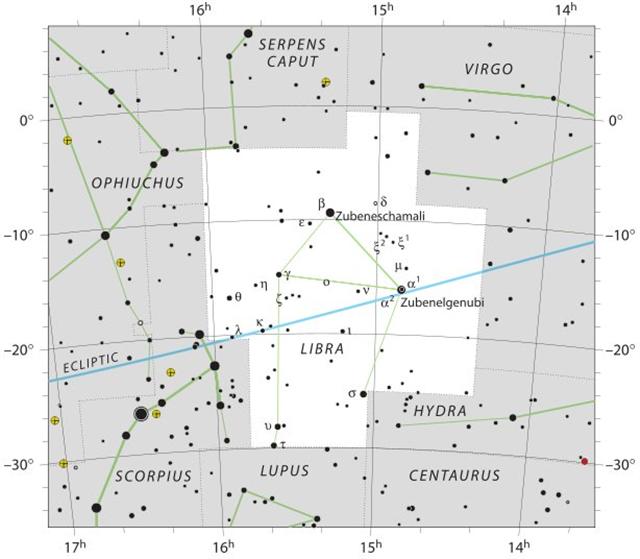48. It seems clear that the 'binocular' variant of maitaki could have been used in the C text in order to indicate the pair of 'wives' of the Sun - one for each 'hemisphere' as was illustrated by Furrow and Frond by the Babylonians:
... In China, every year about the beginning of April, certain officials called Sz'hüen used of old to go about the country armed with wooden clappers. Their business was to summon the people and command them to put out every fire. This was the beginning of the season called Han-shih-tsieh, or 'eating of cold food'. For three days all household fires remained extinct as a preparation for the solemn renewal of the fire, which took place on the fifth or sixth day after the winter solstice [Sic!]. The ceremony was performed with great pomp by the same officials who procured the new fire from heaven by reflecting the sun's rays either from a metal mirror or from a crystal on dry moss. Fire thus obtained is called by the Chinese heavenly fire and its use is enjoined in sacrifices: whereas fire elicited by the friction of wood is termed by them earthly fire, and its use is prescribed for cooking and other domestic purposes ... Like archaic China and certain Amero-Indian societies, Europe, until quite recently, celebrated a rite involving the extinguishing and renewal of domestic fires, preceded by fasting and the use of the instruments of darkness. This series of events took place just before Easter, so that the 'darkness' which prevailed in the church during the service of the same name (Tenebrae), could symbolize both the extinguishing of domestic fires and the darkness which covered the earth at the moment of Christ's death. In all Catholic countries it was customary to extinguish the lights in the churches on Easter Eve and then make a new fire sometimes with flint or with the help of a burning-glass. Frazer brings together numerous instances which show that this fire was used to give every house new fire. He quotes a sixteenth-century Latin poem in a contemporary English translation, from which I take the following significant lines: On Easter Eve the fire all is quencht in every place, // And fresh againe from out the flint is fecht with solemne grace. Then Clappers cease, and belles are set againe at libertée, // And herewithall the hungrie times of fasting ended bée ...
And judging from Manuscript E - and also from the pair of fish-hooks in the G text (cfr also Cb1-21) - we should rather read the dates according to the time of Gregory XIII than at the time of rongorongo.
... In later research it was postulated that the [Phoenician] alphabet is actually two complete lists, the first dealing with land agriculture and activity, and the second dealing with water, sea and fishing. The first half beginning with Alef - an ox, and ending with Lamed - a whip. The second list begins with Mem - water, and continues with Nun - fish, Samek - fish bones [cfr Ca1-20], Ayin - a water spring, Peh - the mouth of a well, Tsadi - to fish, Kof, Resh and Shin are the hook hole, hook head and hook teeth [cfr Cb1-21], known to exist from prehistoric times, and the Tav is the mark used to count the fish caught ...
From fish bones (Samek, Ca1-20) to Shin (hook teeth, Cb1-21) we can count 14 * 29½ - 20 = 393 (= 3 * 131), which suggests Sheratan (Cb1-1) as a place corresponding to Alef (Ox), i.e. to the beginning of Land. The C text has the southern spring early on side a of the tablet and also early on side b. The glyph distance from Ca1-19 to Cb1-19 was 411 - 19 = 392 positions and equal to the number of glyphs on side a of the tablet. 392 = 365 + 27 (= 23 + 4) days, equal to the precessional depth down to the time of Julius Caesar, at the time when the First Point of Aries (Sheratan, β) had been at 0h, with Polaris in the preceding day:
The same type of maitaki glyph was used also for the northern spring equinox:
Possibly the precessional time distance was indicated by the distance from the bottom to the top 'wife':
The fish-hook in Cb1-21 could have been motivated by number 413 (14 synodic lunar months) or by 121 (alluding to day 121 = May 1):
Hoea (tattoing tool) was an 'instrument of darkness': ... The glyph type hua poporo was used at Spica (Ana-roto, the Middle Pillar):
... The plant is - according to bishop Jaussen's documentation of what Metoro Tau'a Ure told him - a species of the family of plants named Solanum. Barthel suggested the species to be Solanum nigrum. As nigrum means black, the glyph perhaps signified 'black'. Poporo was used for obtaining colour for tattooing ... Barthel informs us that the Maori singers in New Zealand, where the breadfruit did not grow, 'translated' kuru (= breadfruit) in the old songs - from the times when their forefathers lived in a warmer climate - into poporo. He points out that in the Marquesas they counted the fruits from the breadfruit trees in fours, perhaps thereby explaining the four 'berries' in this type of glyph. The breadfruit did not grow on Easter Island but the berries of Solanum nigrum were eaten in times of famine. Barthel compares with the word koporo on Mangareva. The poor crop of breadfruits at the end of the harvest season was called mei-koporo, where mei stood for breadfruit. On other islands breadfruit was called kuru, except in the Marquesas which also used the word mei. Koporo was a species of nightshade ... ... He continued travelling until he reached the house of Uetonga, whose name all men know: he was the tattoo expert of the world below, and the origin and source of all the tattoo designs in this world. Uetonga was at work tattooing the face of a chief. This chief was lying on the ground with his hands clenched and his toes twitching while the father of Niwareka worked at his face with a bone of many sharpened points, and Mataora was greatly surprised to see that blood was flowing from the cheeks of that chief. Mataora had his own moko, it was done here in the world above, but it was painted on with ochre and blue clay. Mataora had not seen such moko as Uetonga was making, and he said to him, 'You are doing that in the wrong way, O old one. We do not do it thus.' 'Quite so,' replied Uetonga, 'you do not do it thus. But yours is the way that is wrong. What you do above there is tuhi, it is only fit for wood. You see,' he said, putting forth his hand to Mataora's cheek, 'it will rub off.' And Uetonga smeared Mataora's make-up with his fingers and spoiled its appearance. And all the people sitting round them laughed, and Uetonga with them ... Sirius went hand in hand with the Sun, always rising heliacally in day 181. This means Sirius did not follow the rest of the night sky in moving ahead in the year due to the precession. At the time of Gregory XIII Sirius would have been together with such stars in Gemini as ω, Alzirr (the Button, ξ), and Mekbuda (Contracted, ζ) - and with Nunki (presumably corresponding to Nun, σ Sagittarii) close to the Full Moon.
At the time of Hyadum II the stars would have risen 64 days earlier in the year, with Zuben Hakrabim (ν Librae) and Zuben Elschemali (β Librae) rising in day 244 - 64 = 180 (JUNE 29) respectively in day 246 - 64 = 182 (JULY 1). Therefore Sirius would at that time have been at Cb1-20.
(15h - 7h) / 24h * 366 = 122 (= 2 * 61).
|
|||||||||||||||||||||||||||||||||||||||||||||||||||||||||||||||||||||||||||||||||||||||||||||||||||||||||||||||||||||||||||||||||||||||||||||||||||||||||||||||||||||||||||||||||||||||||||||||||||||||||||||||||||||||||||||||||||||||||||||||||||||||||||||||||||||||||||||||||||||||||||||||||||||||||||||||||||||||||||||||||||||||||||||||||||||||||||||||||||||||||||||||||















